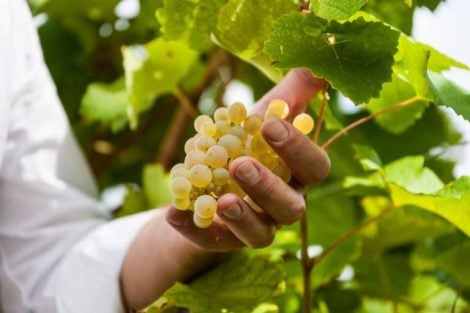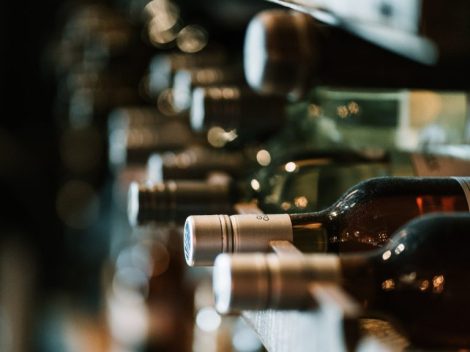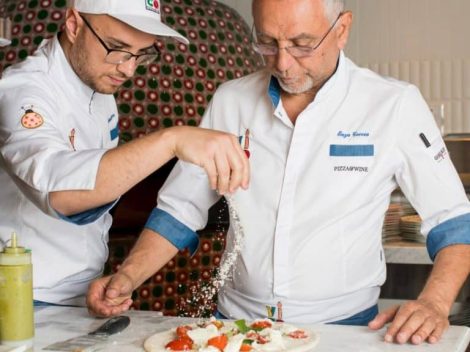"The magnum is the ideal bottle if you're dining as a pair. And one isn't drinking," borrowing the joke from Alessandro Scorsone, master of ceremonies at the Presidency of the Council of Ministers. He loves wine and has a taste for irony and conviviality. If we were to choose among all the wine formats available on the market, we would have no doubt. We would point to the one and a half-liter bottle as the best possible home for wine. Yes, we have a weakness for the magnum, a container capable of enhancing the freshness of wine, ensuring an unparalleled, slow, and gradual evolution over time. We have often found ourselves in comparative tastings of the same wine offered in all available formats, and the magnum always ended up at the top of the list. Sometimes it competed with the Jeroboam, the 3-liter, but it still consistently ranked highest among the preferences of those tasting and evaluating.
The Shapes of Wine
We cannot say the same for the enormous formats, certainly very scenic but not always perfect in the glass. And in some cases, so difficult to handle that they require an army of specialized people and appropriate technical equipment for opening and serving. The topic of large formats has become relevant again due to the proposal by the Consortium for the Protection of Barolo Barbaresco Alba Langhe and Dogliani to authorize formats larger than 6 liters for bottling Barolo and Barbaresco. Of the five potential changes, it is certainly the most laughable, but there have been suggestions to abolish the half-bottle and dreams of the return of a format unused for over 50 years, like the quart.
The Truth Lies in the Cork
Why specifically the magnum? The difference, once again, lies in the cork. The format that contains the equivalent of two standard bottles usually has the same closure as the standard container; the neck has the same diameter, but the contact with oxygen significantly decreases due to the double quantity of wine inside. In terms of evolutionary potential, the difference is enormous; magnums age with a grace and harmony that individual bottles can only dream of. The content/container ratio is even more favorable in larger capacity formats, which have custom corks because the bottle neck changes significantly. We haven't always found wines that seemed younger than magnums; quite the opposite. In the realm of the Metodo Classico, the magnum is a great added value. In terms of freshness, stability, and the finesse of the perlage, the differences are clear. If we had a venue, we would strongly focus on serving wines only from magnum formats. Even in simpler and ready-to-drink wines, the magnum has an extra touch.
Among Kings and Deities: All Possible Formats
The names of larger formats are inspired by mythical figures, great leaders, biblical references, and more. For a great bottle, you need a great story. Jeroboam, for example, was the first king of the kingdom of Israel, while Methuselah is a biblical patriarch who, according to legend, lived for a whopping 969 years. Balthazar? He was the Babylonian king famous for his lavish banquets, while the largest format of all, the Melchizedek at 30 liters, brings us back to King Midas, who had the gift of turning everything he touched into gold.
- Quarter: 0.187 l
- Small/Benjamin: 0.2 l
- Chopine: 0.25 l
- Mezzina: 0.375 l
- Jennie: 0.5 l
- Standard: 0.75 l
- Magnum: 1.5 l
- Jeroboam (double magnum): 3 l
- Rehoboam: 4.5 l
- Methuselah: 6 l
- Salmanazar: 9 l
- Balthazar: 12 l
- Nebuchadnezzar: 15 l
- Melchir/Solomon: 18 l
- Goliath/Primat: 27 l
- Melchizedek: 30 l

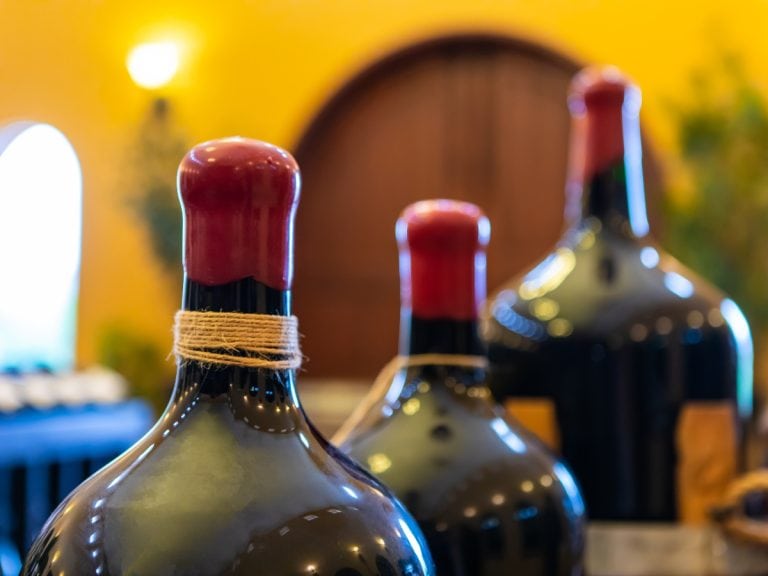
 Non-alcoholic wines? Call them what you want, but they’re still a derivative of wine.” An Interview with Martin Foradori
Non-alcoholic wines? Call them what you want, but they’re still a derivative of wine.” An Interview with Martin Foradori The 8 best Trentodoc wines chosen by Gambero Rosso
The 8 best Trentodoc wines chosen by Gambero Rosso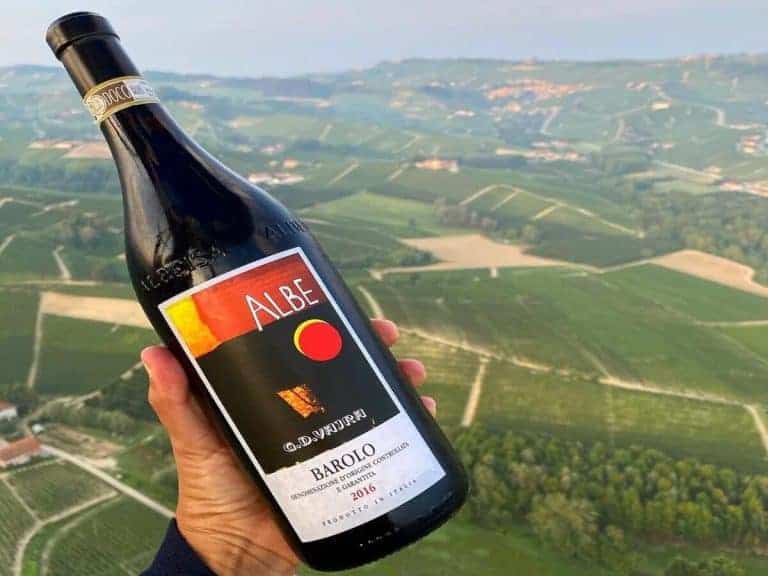 A Piedmont wine enters the top ten of Wine Spectator's "Top 100"
A Piedmont wine enters the top ten of Wine Spectator's "Top 100" Sparkling wines surpass still wines in Italian out-of-home consumption. Most popular during the aperitif
Sparkling wines surpass still wines in Italian out-of-home consumption. Most popular during the aperitif American Barbecue wins a Michelin star for the first time in history
American Barbecue wins a Michelin star for the first time in history